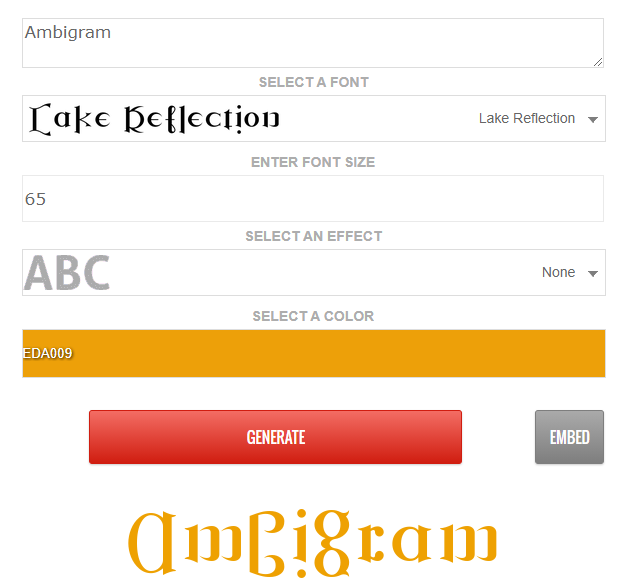Inkjet printing technology has come a long way over the last 80 years. Once used only for basic paper-printing in offices, inkjet technology has been adapted and evolved into advanced 3D printing techniques and even tissue engineering. The possibilities for this technology, and variations of it, are seemingly limitless.
Of all the variations and applications of inkjet printing technology, the most common are thermal inkjet printers. These printers are fast, effective and affordable, making them useful in office and home settings. Most consumer printers currently available utilize thermal inkjet printing, and they have essentially become a staple of home offices.
Modern printers utilize precise technology to create the words and images we see on paper.
The Origins of Thermal Inkjet Printers
The very first version of an inkjet printer was actually created over 150 years ago. In 1867, an Irish-Scottish physicist and engineer named Lord Kelvin created and patented a siphon recorder. This machine recorded telegraph signals as a continuous trace on paper using an inkjet nozzle and a magnetic coil. Although he could not have foreseen where the technology would go from there, the ideas and implementation behind this machine would evolve into the modern printers we see in our homes and offices.
It was not until 1951 when Siemens created the first commercial printers using the same basic concepts behind Lord Kelvin’s siphon recorder. The idea behind thermal inkjet printers would not fully develop until the late 1970s. Two engineers from two different companies – John Vaught from Hewlett-Packard and Ichiro Endo of Canon – happened to be developing the idea behind thermal inkjet printing at the same time.
Although Vaught and Endo were both working towards essentially the same ends, their respective technologies developed slightly differently. Initially, Endo and his team struggled to create an effective and accurate way to move ink through the nozzle. However, when he noticed a syringe of ink being accidentally heated by a soldering iron, a mental light bulb lit up.
How It Works?
The basic idea behind thermal inkjet printing involves heating ink to force it through a small nozzle and onto the paper. If you have ever purchased or replaced printer cartridge, you may have noticed the small metallic strips along its bottom. These strips are essentially conductors that allow the cartridge to heat up.
Each of the metal heating strips is attached to a series of tiny chambers filled with ink. As a current is passed through the strip, the chamber heats up, causing a rapid vaporization of the ink and forming a bubble. The increase in pressure caused by the bubble propels a droplet of ink through the nozzle, while simultaneously drawing more ink into the chamber through a narrow chamber attached to a larger reservoir.
This process happens rapidly, in multiple chambers filled with different ink pigments. The pigments will combine to create the right colors, and the placement of the nozzle, along with the precise amount of ink expelled onto the paper combine to create an overall image.
Thermal Inkjet Printers Today
Thermal inkjet printers are the most common form of consumer printers on the market today, and they are also heavily utilized in professional settings as well. This is due to the efficiency accuracy of the images they create, as well as their inexpensive nature to own and operate. You can see more about the benefits of modern thermal inkjet printing at https://www.needham-coding.com/systems/thermal-inkjet-printers/.
While there are other technologies available for traditional printing on paper, none offer the same long list of benefits with so few negatives as thermal inkjet printing does. As long as this is the case, thermal inkjet technology will continue to advance and evolve into other areas. With the ever-increasing pace of modern technological advances, it is hard to even imagine where things could go from here.






